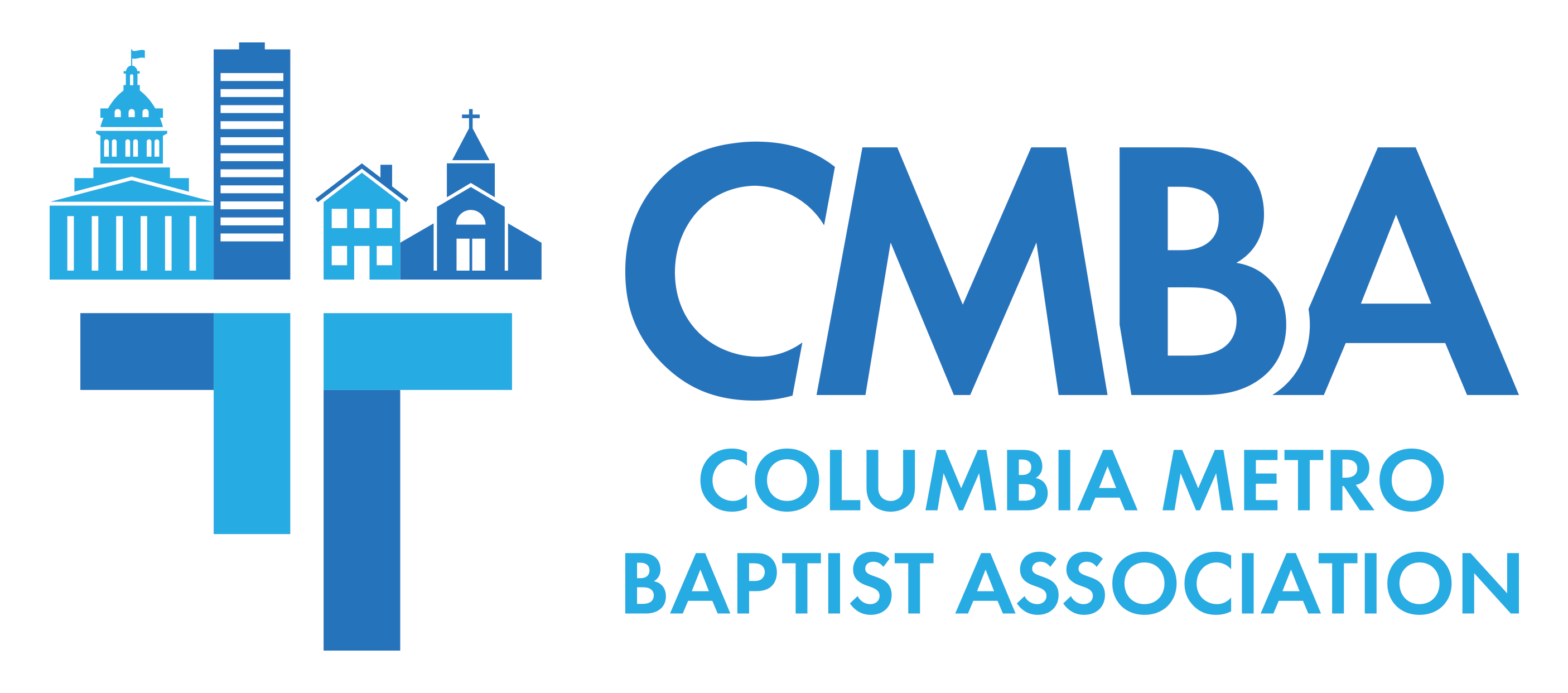An exceptional way to engage in Mission Local is to adopt a mission field. Yes, you can adopt a mission field in another part of the world or another part of our country. Doing so may allow your congregation to engage in all three Missional Benchmarks suggested in the January 26th dispatch – (Read Here).
How about, however, adopting a mission field that may be within a few miles of your church or home, and deeply involve your congregation in all three Missional Benchmarks with exponentially more people directly involved – especially in person-to-person Missional Engagement?
Or you might want to do both. A conversation with a pastor in another state illuminates this possibility.
The pastor was in his eleventh year at his church. During his first ten years his church had doubled in attendance. It was not because they were in a fast growing area. It was because they engaged in an intentional strategy suggested by the pastor.
Here was the simple strategy. He sought to get every able-bodied adult who would to go on an international missions trip to another country. Each trip included a dozen people.
When they returned, they engaged in debriefing gatherings for six sessions over the next three months. Throughout the gatherings he kept asking the question – “What are the implications of what you experienced and learned for the ministry of our congregation in our context?”
During the last few sessions, each group planned a ministry and disciplemaking project in which they would engage. They made a commitment to engage in this project for a year. They also invited other people in the congregation to join with them.
The missions trips were at least annual events. Often more than half of the people who went on the trips had not been on one before. During the previous decade more than half of the active, attending adults in the congregation went on a missions trip outside the United States. Participation in the debriefing gatherings – as well as the orientation before they went – was part of their trip covenant.
What Did This Pastor Know That You Need to Know?
First, for people to learn something that changes their knowledge and behaviors it is necessary to get them out of their culture of comfort for a couple of weeks. They need to experience a culture sufficiently different that they become intellectually and emotionally disoriented, unlearn the way they thought ministry should work, and start learning new ways.
Second, people must have their new knowledge reinforced through debriefing with a trusted group of people, and practicing new behaviors of ministry. The debriefing sessions and commitment to new action cannot be optional.
Third, the pattern repeats annually to change the long-term spiritual and missional culture of a congregation. Capacities must be built. Sustainability must be experienced.
Mission Local?
How does this support the concept of Columbia Metro: Mission Local? Communities and neighborhoods that provide an opportunity for new knowledge are present within the fellowship of CMBA. One characterization of such a location is HERE.

